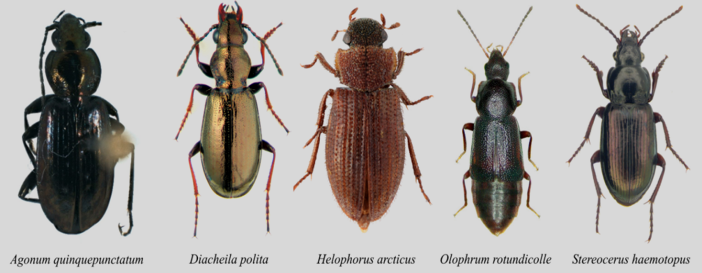A classroom/laboratory activity to analyze the distribution of beetle, mammal, and plant species (for datasets from North America) in the past (based on fossil records), determine whether the same species exist today, and compare the past and present geographic ranges and ecosystems of these species.
Students will create maps, analyze data, and interpret their findings to learn how organisms have survived climate change since this last glacial maximum (LGM). Students will determine ecoregion changes over the past 20,000 years and the resulting geographic range shifts for some species.
Use this tool to help your students find answers to:
- How does climate change affect ecoregions?
- Describe the geographic range shift of the beetle species that lived in eastern Iowa during the last glacial maximum (based on the data provided in the activity).

Image credit: Science Education Resource Center (SERC) at Carleton College